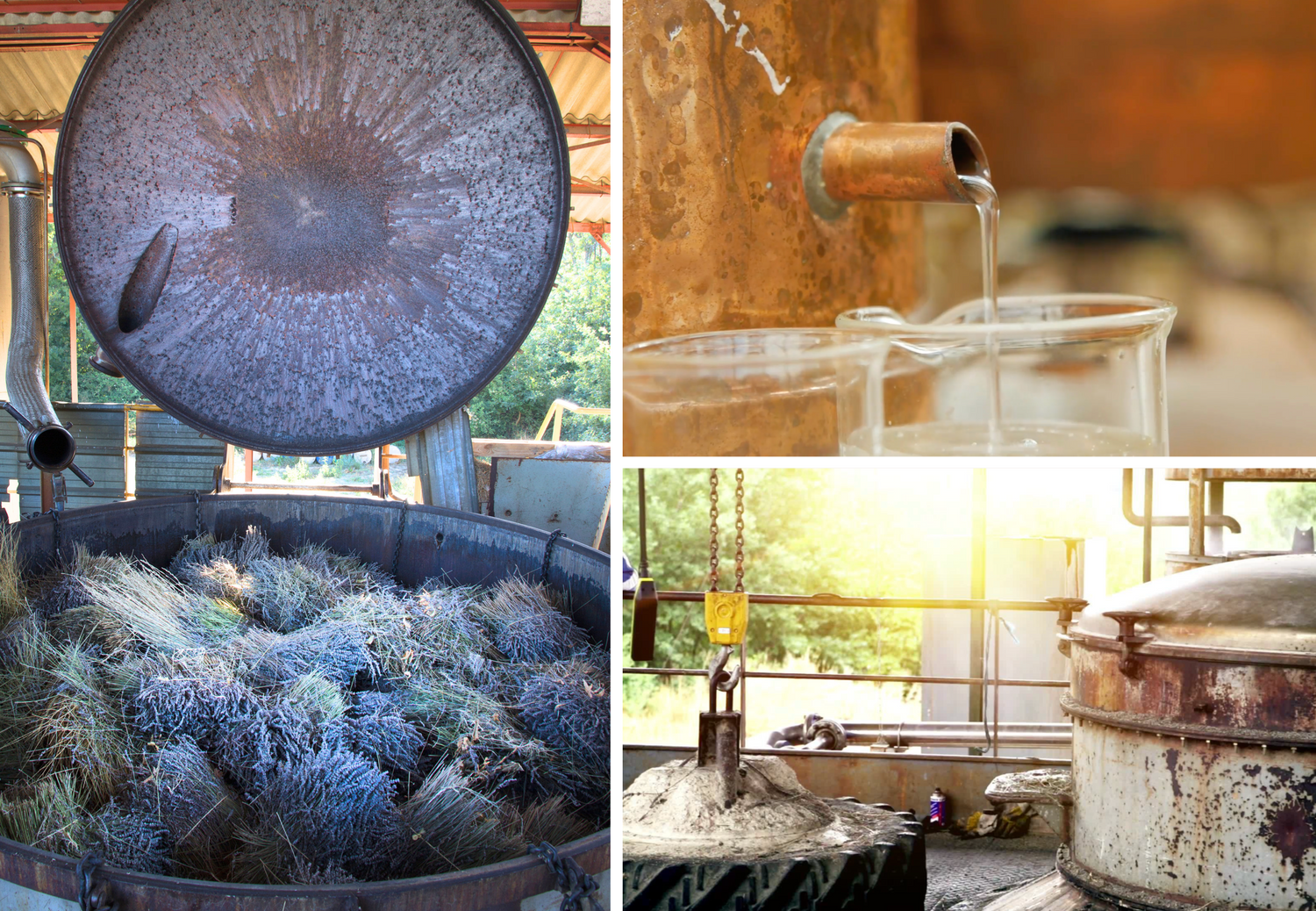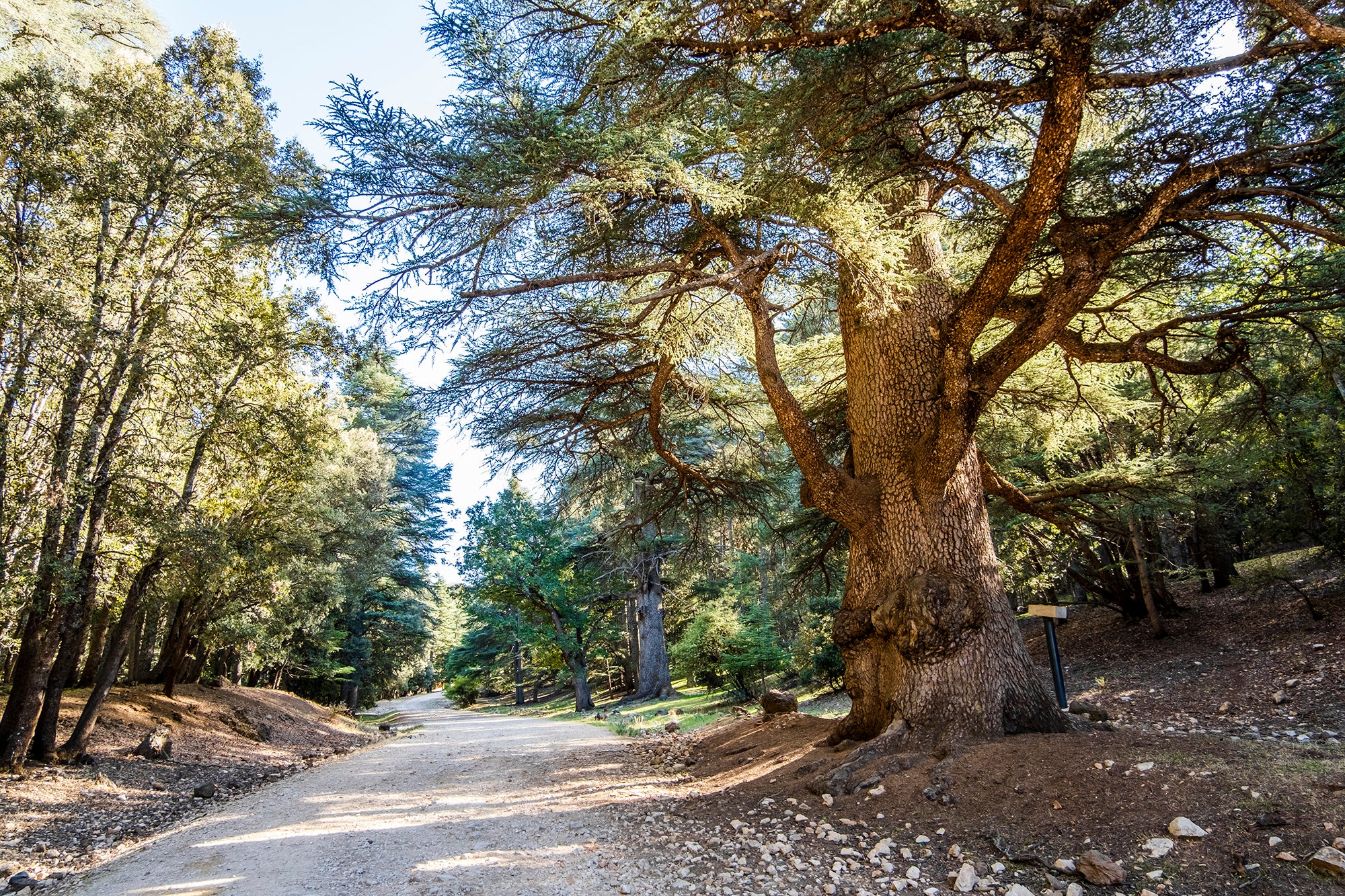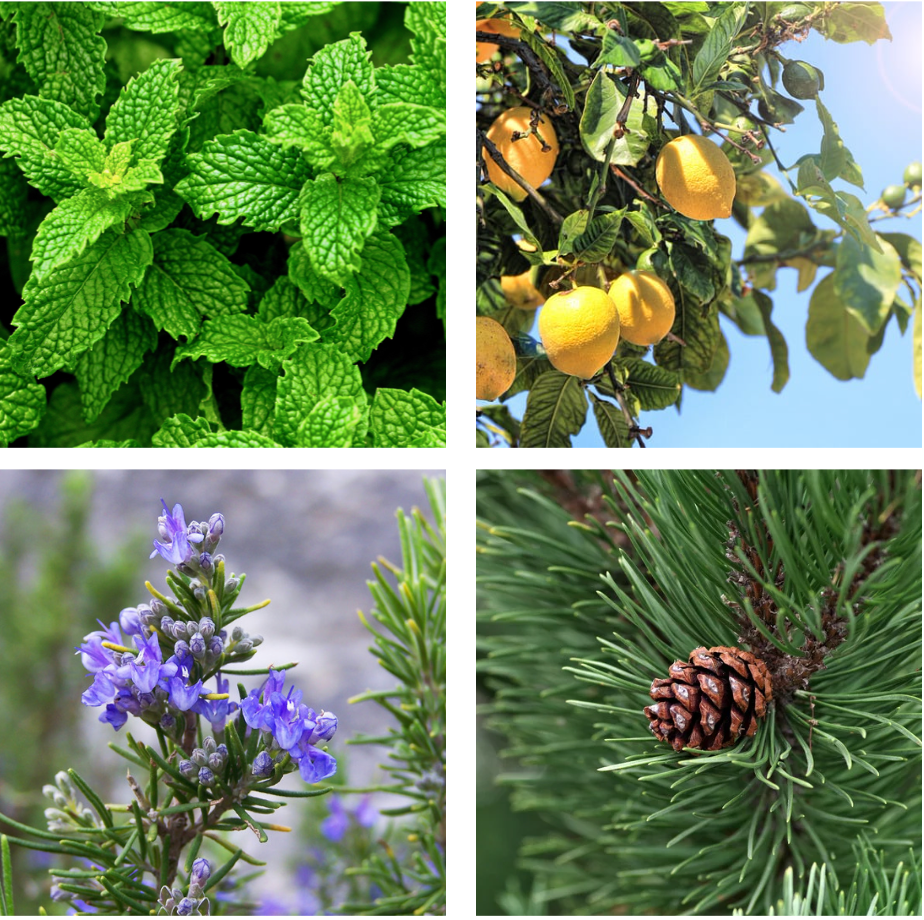Thursday, June 15th, 2023 | Article by: Liza Docken
Distillation: the transformation of plant material, using water, to create essential oils.
The most common method of essential oil extraction is through steam distillation. Water is heated by fire to create steam. The steam then moves through a pipe into the next chamber where plant material has been tightly packed. As the steam moves through the plant material’s cells and membranes, it pulls the essential oils out and carries them into the condenser. Here the steam is cooled to return it to water, which fills into the final chamber. Because the essential oils are hydrophobic, they separate and float to the surface. After removing the essential oils, what is left over is called Hydrosol.
Hydro (water) + sol (solution). Hydrosol is the co-product of distillation, a gentler aromatherapy product that is much, much less concentrated and contains the water-soluble constituents of a plant. This makes hydrosol far more user-friendly for the novice and for everyday use, especially with pets and children under 3.

When it comes to more delicate materials, like some flowers whose petals have thinner membranes, the heat of steam distillation is too intense and can damage the plant material before the essential oil can been extracted. While similar to steam distillation in that water is being heated, hydro distillation is a process of placing plant material directly into the water that is being heated, rather than in a separate chamber as with steam distillation. This secondary method allows for lower temperatures, ensuring the precious plant material can remain intact until its oils have been properly extracted. This method is also used for materials that benefit from longer distillation times due to sustained heat exposure, like resins.
When asking the question, “How is essential oil made?” there is yet another answer: expeller pressing. Some plant material yields a better quantity of oil while maintaining quality when pressed rather than distilled. A common example of this is the peels of citrus fruit (lemons, grapefruit, oranges, etc.). This method can be done with whole peels, pressing them after being warmed to ensure the plant material releases as much of the essential oil as possible. Alternatively, this method can be done after zesting the citrus peels over a natural sponge, which is then pressed to extract the essential oil.
Why are essential oils called ‘essential?’ Essential speaks to the nature of the work the oils do in the plant. Essential oils act much like an immune system for the plant. Essential oils function to ward of microbes (bacteria, virus, fungus, etc.), pests (insects), and invasive species. They also function as attractants to entice butterflies, bees, and birds, all of which act as pollinators and ensure the plant’s continued survival. These oils are essential to the life and longevity of the plant and could also be described as the life force of the plant.
These functions can benefit humans in much the same way. Whether you’re wanting to support your immune system, keep insects away, or simply wear an enticing aromatic scent, essential oils are there to help. It’s important to note that in order to harness these life-supporting benefits that essential oils can offer, the essential oils must be plant based essential oils. As the popularity of essential oils and aromatherapy grows, there are many brands offering ‘essential oils’ that have been synthesized in a lab or have had synthetic fragrances mixed in with plant oils. This changes their safety indications, uses, and therapeutic value.
Pharmaceutical Grade Essential Oils When someone is looking for phytotherapy or plant based organic essential oils, they need to be sure they’re sourcing their oils from a reputable company who can back up claims of natural, organic, and therapeutic in the way Pranarōm can. At Pranarōm, every batch of essential oil is tested for quality assurance. Not only is the specific type of oil confirmed, Pranarōm’s multi-faceted approach to testing also results in what is called a Certificate of Analysis. This certificate lists the constituents, or chemical compounds contained in that specific essential oil. And this is where the conversation around pharmaceutical grade essential oils can begin.
For a company like Pranarōm whose oils are often prescribed by doctors and pharmacists in the European market, quality and constituent assurance are a must. Each of these individual compounds has its own therapeutic function, and in combination with the plants’ other naturally occurring constituents, creates what can be called an entourage effect, meaning each of the constituents speaks to and supports the other. This offers a full spectrum of health support to help bring the body back into balance.

For a company like Pranarōm whose oils are often prescribed by doctors and pharmacists in the European market, quality and constituent assurance are a must. Each of these individual compounds has its own therapeutic function, and in combination with the plants’ other naturally occurring constituents, creates what can be called an entourage effect, meaning each of the constituents speaks to and supports the other. This offers a full spectrum of health support to help bring the body back into balance.
In addition to constituents, essential oils also have characteristics. The characteristics of essential oils change based on the plant they are taken from and where they are grown. Each oil has its unique profile of characteristics, including scent, color, texture, and chemical composition. These are some of the distinguishing features that aromatherapists and pharmacists consider when helping a client with their specific health needs. While the markets for essential oils and aromatherapy differ greatly between Europe (pharmaceutical) and the United States (alternative health), the end goal is the same: to support the health of the client.
In Europe, an essential oil’s nutritional value is considered when suggesting or prescribing an oil. This is another way of speaking to the constituent profile of an oil. Here in the US, people are more likely to focus on the aroma of an oil and how it might blend with other oils. Both offer a valid approach to supporting health and wellbeing, but care should be taken when using oils for their therapeutic values. Buying from a company like Pranarōm, based on Scientific or French Medical Aromatherapy, is an important first step. Working with a health professional, such as an aromatherapist with explicit constituent training, is a must.
How an essential oil is made is an important question that leads to many other interests and concerns when it comes to utilizing phyto-therapy, i.e. plant therapy. Extracting these plant therapy organic essential oils with care and attention to detail is key. While there are many methods to extraction, buying from a company like Pranarōm, who understands not only the plant’s characteristics, but also appropriate extraction methods based on those characteristics, is the best way to ensure quality and consistency.









